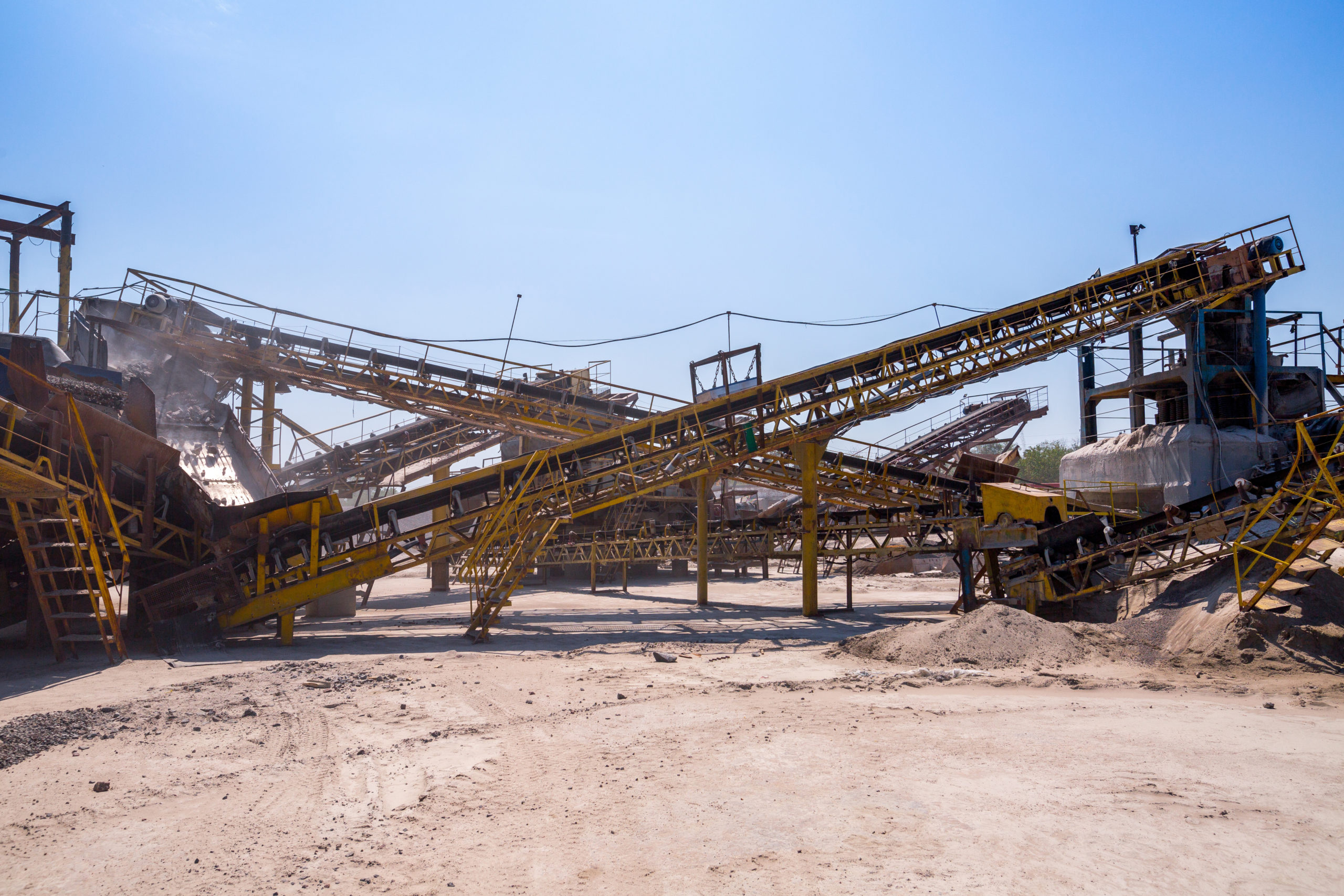
EDGE has seen an increase in enforcement of regulations pertaining to sand mining. The Texas Commission on Environmental Quality (TCEQ) introduced a regulation under Subchapter J of 30 TAC Chapter 311, which was approved during the Commissioners’ Agenda on December 15, 2021. The rule was subsequently published in the Texas Register on December 31, 2021, and officially came into effect on January 6, 2022. The regulation pertains to sand mining operations falling under Standard Industrial Classification (SIC) Code(s) 1442 and 1446 within the San Jacinto River Watershed.
Code 1442 Includes:
Construction sand and gravel. Establishments primarily engaged in operating sand and gravel pits and dredges, and in washing, screening, or otherwise preparing sand and gravel for construction uses.
- Common sand mining
- Construction sand mining
- Gravel mining
- Pebble mining
Code 1446 Includes:
Industrial Sand
Establishments primarily engaged in operating sand pits and dredges and in washing, screening, and otherwise preparing sand for uses other than construction, such as glassmaking, molding, and abrasives.
- Abrasive sand mining
- Blast sand mining
- Enamel sand mining
- Filtration sand mining
- Foundry sand mining
- Glass sand mining
- Grinding sand mining
- Industrial sand mining
- Molding sand mining
- Silica mining
- Silica sand mining
Under this rule, sand mining facilities in the specified watershed are mandated to adhere to several key requirements. They must develop a detailed written Mine Plan that is certified by a licensed Texas Professional Engineer or Professional Geoscientist and this plan must be maintained on-site. Additionally, the facilities are obligated to implement Best Management Practices (BMPs) outlined in RG-555 for Sand Mining Operations in the San Jacinto Watershed. Each BMP implemented must be certified by a licensed Texas Professional Engineer or Professional Geoscientist.
Before concluding operations at a site, the facilities are required to submit a Final Stabilization Report to TCEQ for review and approval. This report must be certified by a licensed Texas Professional Engineer or Professional Geoscientist. Compliance with this rule is distinct from the authorization needed under the TCEQ Industrial Multi-Sector General Permit (MSGP) for stormwater discharges. While the BMPs may align with a facility’s Stormwater Pollution Prevention Plan (SWP3), adherence to the MSGP alone is insufficient to meet the additional demands of this rule.
Aggregate processing operations (APOs) that are primarily engaged in the mining of sand and gravel material used for construction in the San Jacinto River Watershed are required to comply with RG-555, Best Management Practices (BMPs) for Sand Mining Operations in the San Jacinto River Watershed, as referenced in 30 TAC §311, Subchapter J. In recent months APOs have seen violations being issued by TCEQ to lack of Mine Plans.
EDGE has completed TCEQ approved Mine Plans for APOs subject to this regulatory guidance. EDGE has worked hand in hand with clients to develop Mine Plans that meet TCEQs requirements and represent the operations of the facilities. These plans include a detailed description of site activities, potential pollutants and sources, and emergency planning. Mining and construction schedules, disturbance areas, soil types, and discharge quality are a critical part of these plans. These Mine Plans work in concert with applicable Stormwater Pollution Prevention Plans (SWP3) and Spill Prevention, Control and Countermeasures (SPCC) Plans.
